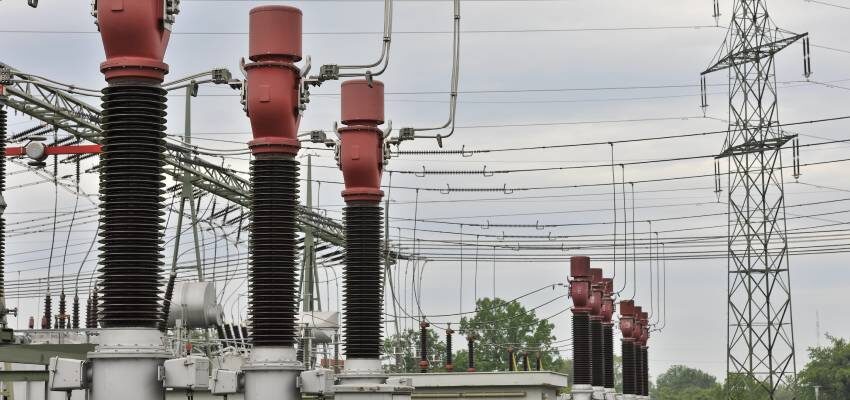
Commissioning of current transformers
Current transformers are the link between the primary and the secondary system and are therefore essential components of the electrical energy system.
byMarcus Stenner, Felix Feustel

Current transformers are the link between the primary and the secondary system and are therefore essential components of the electrical energy system. Their commissioning is an important phase of evaluating their proper functionality. Nowadays, the time available for testing is continuously decreasing. Moreover, it should be considered how the transformers and the protection system can be adequately tested within a reasonable timeframe. This paper discusses how a test plan for commissioning or refurbishing a substation might look.
The winding-resistance measurement is a well-established method for detecting shorted turns or open circuits in the windings, and it is one of the first measurements conducted in the commissioning process
Commissioning and site acceptance tests
Some checks of the transformer are part of the acceptance and commissioning test procedures and are useful to detect transport and installation errors. Winding resistance The winding-resistance measurement is a well-established method for detecting shorted turns or open circuits in the windings of a current transformer. It works by injecting a DC current while the resulting voltage drop is measured across the winding. As the core shows inductive behavior, it is important to have both current and voltage stabilized before taking the measurement.
The resistance during the measurement over time will look as indicated in Fig. 1. A stable winding resistance can then be read once the resistance deviation over time has settled below a defined threshold.







